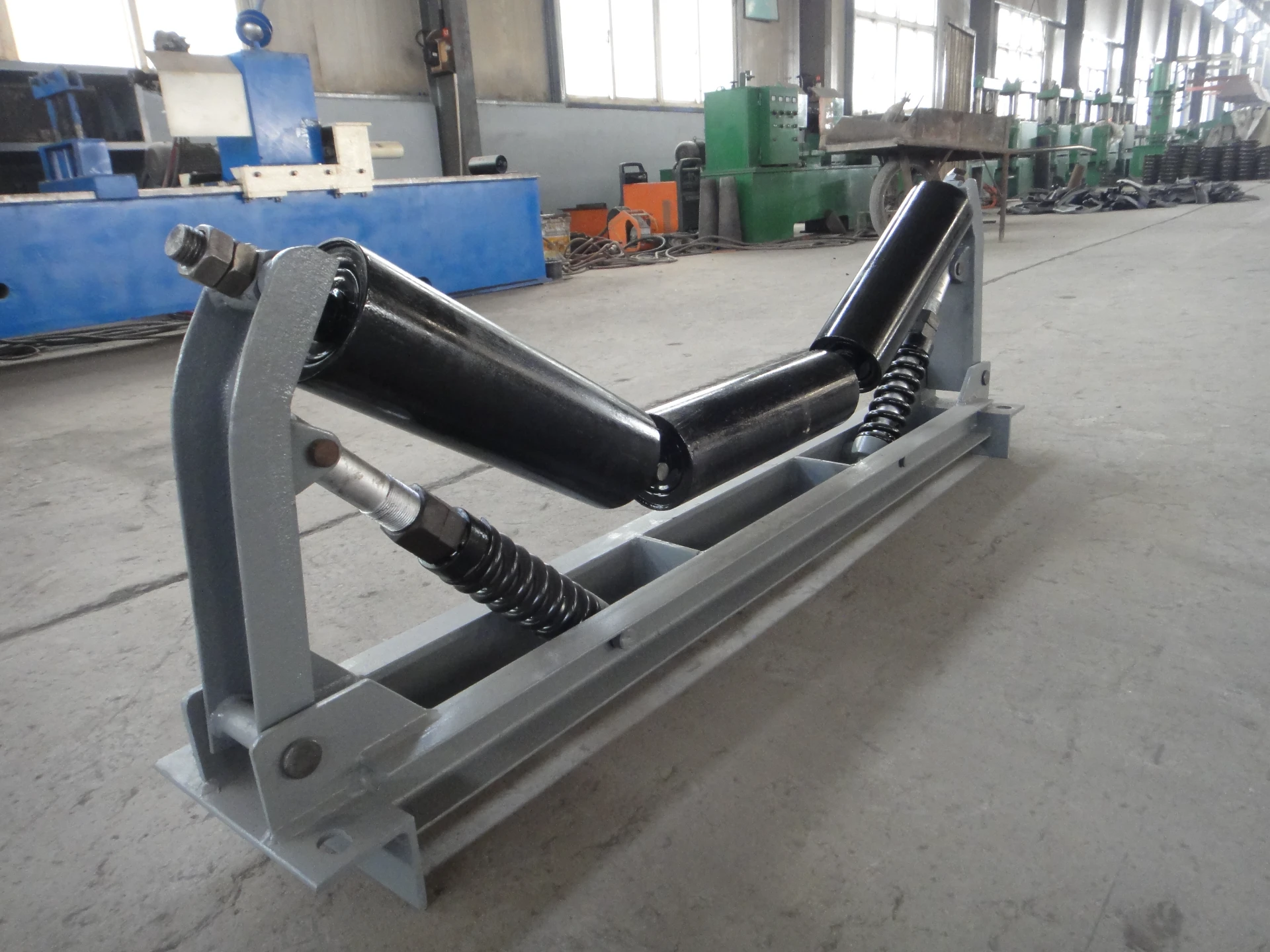 Afrikaans
Afrikaans  Albanian
Albanian  Amharic
Amharic  Arabic
Arabic  Armenian
Armenian  Azerbaijani
Azerbaijani  Basque
Basque  Belarusian
Belarusian  Bengali
Bengali  Bosnian
Bosnian  Bulgarian
Bulgarian  Catalan
Catalan  Cebuano
Cebuano  Corsican
Corsican  Croatian
Croatian  Czech
Czech  Danish
Danish  Dutch
Dutch  English
English  Esperanto
Esperanto  Estonian
Estonian  Finnish
Finnish  French
French  Frisian
Frisian  Galician
Galician  Georgian
Georgian  German
German  Greek
Greek  Gujarati
Gujarati  Haitian Creole
Haitian Creole  hausa
hausa  hawaiian
hawaiian  Hebrew
Hebrew  Hindi
Hindi  Miao
Miao  Hungarian
Hungarian  Icelandic
Icelandic  igbo
igbo  Indonesian
Indonesian  irish
irish  Italian
Italian  Japanese
Japanese  Javanese
Javanese  Kannada
Kannada  kazakh
kazakh  Khmer
Khmer  Rwandese
Rwandese  Korean
Korean  Kurdish
Kurdish  Kyrgyz
Kyrgyz  Lao
Lao  Latin
Latin  Latvian
Latvian  Lithuanian
Lithuanian  Luxembourgish
Luxembourgish  Macedonian
Macedonian  Malgashi
Malgashi  Malay
Malay  Malayalam
Malayalam  Maltese
Maltese  Maori
Maori  Marathi
Marathi  Mongolian
Mongolian  Myanmar
Myanmar  Nepali
Nepali  Norwegian
Norwegian  Norwegian
Norwegian  Occitan
Occitan  Pashto
Pashto  Persian
Persian  Polish
Polish  Portuguese
Portuguese  Punjabi
Punjabi  Romanian
Romanian  Russian
Russian  Samoan
Samoan  Scottish Gaelic
Scottish Gaelic  Serbian
Serbian  Sesotho
Sesotho  Shona
Shona  Sindhi
Sindhi  Sinhala
Sinhala  Slovak
Slovak  Slovenian
Slovenian  Somali
Somali  Spanish
Spanish  Sundanese
Sundanese  Swahili
Swahili  Swedish
Swedish  Tagalog
Tagalog  Tajik
Tajik  Tamil
Tamil  Tatar
Tatar  Telugu
Telugu  Thai
Thai  Turkish
Turkish  Turkmen
Turkmen  Ukrainian
Ukrainian  Urdu
Urdu  Uighur
Uighur  Uzbek
Uzbek  Vietnamese
Vietnamese  Welsh
Welsh  Bantu
Bantu  Yiddish
Yiddish  Yoruba
Yoruba  Zulu
Zulu idler conveyor roller
Understanding Idler Conveyor Rollers
In the realm of materials handling and transportation systems, conveyor rollers play a pivotal role. Among these components, idler conveyor rollers are particularly significant. They serve as support structures in conveyor systems, maintaining belt tension and ensuring smooth operation. This article delves into the purpose, types, benefits, and maintenance of idler conveyor rollers.
Purpose of Idler Conveyor Rollers
Idler rollers are an essential part of a conveyor system. Their primary function is to support the conveyor belt, allowing for the efficient movement of materials. By providing a pathway for the belt to glide over, idler rollers reduce friction and wear on the conveyor system. This function is vital in various industries, including mining, agriculture, manufacturing, and logistics, as it influences the overall efficiency and reliability of material transport.
Additionally, idler rollers assist in maintaining proper belt alignment and tension. A well-aligned conveyor belt reduces the risk of slippage, misalignment, or material spillage, which can hinder productivity and increase maintenance costs. The presence of idler rollers helps ensure that the belt remains centered and taut throughout its operation.
Types of Idler Conveyor Rollers
Idler conveyor rollers come in various types, each designed to serve specific functions and accommodate different materials and environments
1. Plain Idler Rollers These are the most commonly used types, featuring a simple cylindrical design. They are suitable for standard applications where the conveyor belt carries bulk materials.
2. Guide Rollers These rollers help keep the conveyor belt aligned. They are typically positioned at the edges of the conveyor system to prevent lateral movement and ensure that the belt remains on track.
3. Impact Idler Rollers Designed with enhanced durability, these rollers are employed in areas where heavy loads are deposited onto the conveyor. They feature additional cushioning to absorb shock, thereby prolonging the life of both the rollers and the belt.
4. Return Rollers These rollers support the section of the belt that returns to the loading point. Their design focuses on minimizing friction and wear as the belt returns empty.
5. Troughing Rollers Troughing idlers are designed to create a trough shape for the conveyor belt. This design is particularly effective for carrying bulk materials, as it helps contain the load, reducing spillage and enhancing stability.
idler conveyor roller

Benefits of Idler Conveyor Rollers
Investing in high-quality idler conveyor rollers offers numerous benefits to industries that rely on conveyor systems. Some of these advantages include
- Increased Efficiency By minimizing friction and ensuring smooth belt operation, idler rollers enhance the overall efficiency of material transport.
- Reduced Maintenance Costs Properly functioning idler rollers lead to fewer breakdowns and wear on the conveyor belt. This reduction in maintenance requirements translates to lower operational costs.
- Extended Equipment Life The support provided by idler rollers helps prevent premature wear on the belt and other components, contributing to the longevity of the entire conveyor system.
- Versatility With various types available, idler rollers can be tailored to meet the specific needs of different industries, equipment, and materials.
Maintenance of Idler Conveyor Rollers
To maximize the lifespan and effectiveness of idler conveyor rollers, regular maintenance is crucial. This includes
- Routine Inspections Conducting regular checks for wear, misalignment, or damage ensures that any issues can be addressed before they escalate.
- Lubrication Keeping the rollers adequately lubricated prevents excessive friction and wear, enhancing their operational efficiency.
- Replacement Monitoring the condition of idler rollers and replacing them as needed can prevent downtime and maintain system efficiency.
In conclusion, idler conveyor rollers are integral to the functionality of conveyor systems. Understanding their purpose, types, benefits, and maintenance practices can significantly enhance operational efficiency in various industries. By ensuring that these components are well maintained and appropriately selected, businesses can boost productivity and reduce costs in their material handling processes.
-
Revolutionizing Conveyor Reliability with Advanced Rubber Lagging PulleysNewsJul.22,2025
-
Powering Precision and Durability with Expert Manufacturers of Conveyor ComponentsNewsJul.22,2025
-
Optimizing Conveyor Systems with Advanced Conveyor AccessoriesNewsJul.22,2025
-
Maximize Conveyor Efficiency with Quality Conveyor Idler PulleysNewsJul.22,2025
-
Future-Proof Your Conveyor System with High-Performance Polyurethane RollerNewsJul.22,2025
-
Driving Efficiency Forward with Quality Idlers and RollersNewsJul.22,2025





























